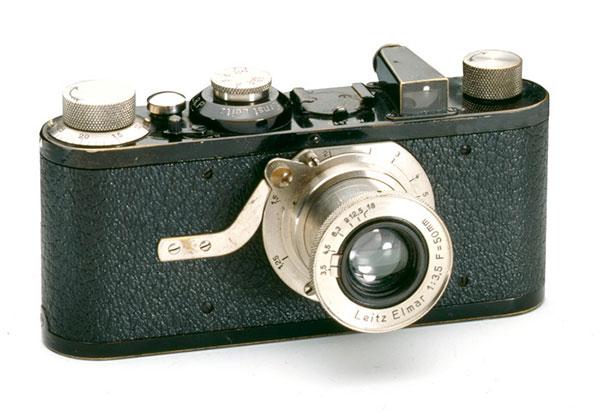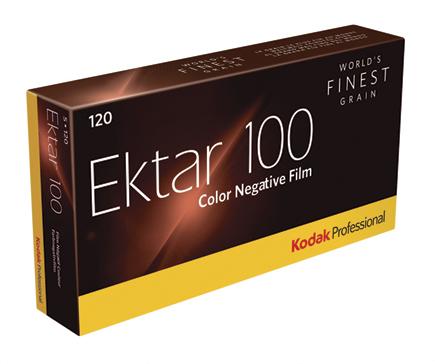Film Photography News
Sort By: Post Date TitlePublish Date
|
Jul 13, 2015 |
|
Aug 21, 2014 |
|
Aug 20, 2014 |
|
Jul 30, 2014 |
|
May 21, 2013 |
First Published: Apr 01, 2013 |
|
Dec 11, 2012 |
|
Jan 01, 2011 |
|
Sep 01, 2009 |
|
Sep 01, 2009 |
Compact Camera NewsCompact Camera ReviewsDSLR NewsDSLR ReviewsFilm Photography NewsLens NewsLens ReviewsMedium Format Camera NewsMedium Format Camera ReviewsMirrorless Camera NewsMirrorless Camera ReviewsNewsPhoto Paper NewsPhoto Paper ReviewsPrinter NewsPrinter ReviewsVideo Camera NewsVideo Camera Reviews
|
Jan 01, 2009 |
















